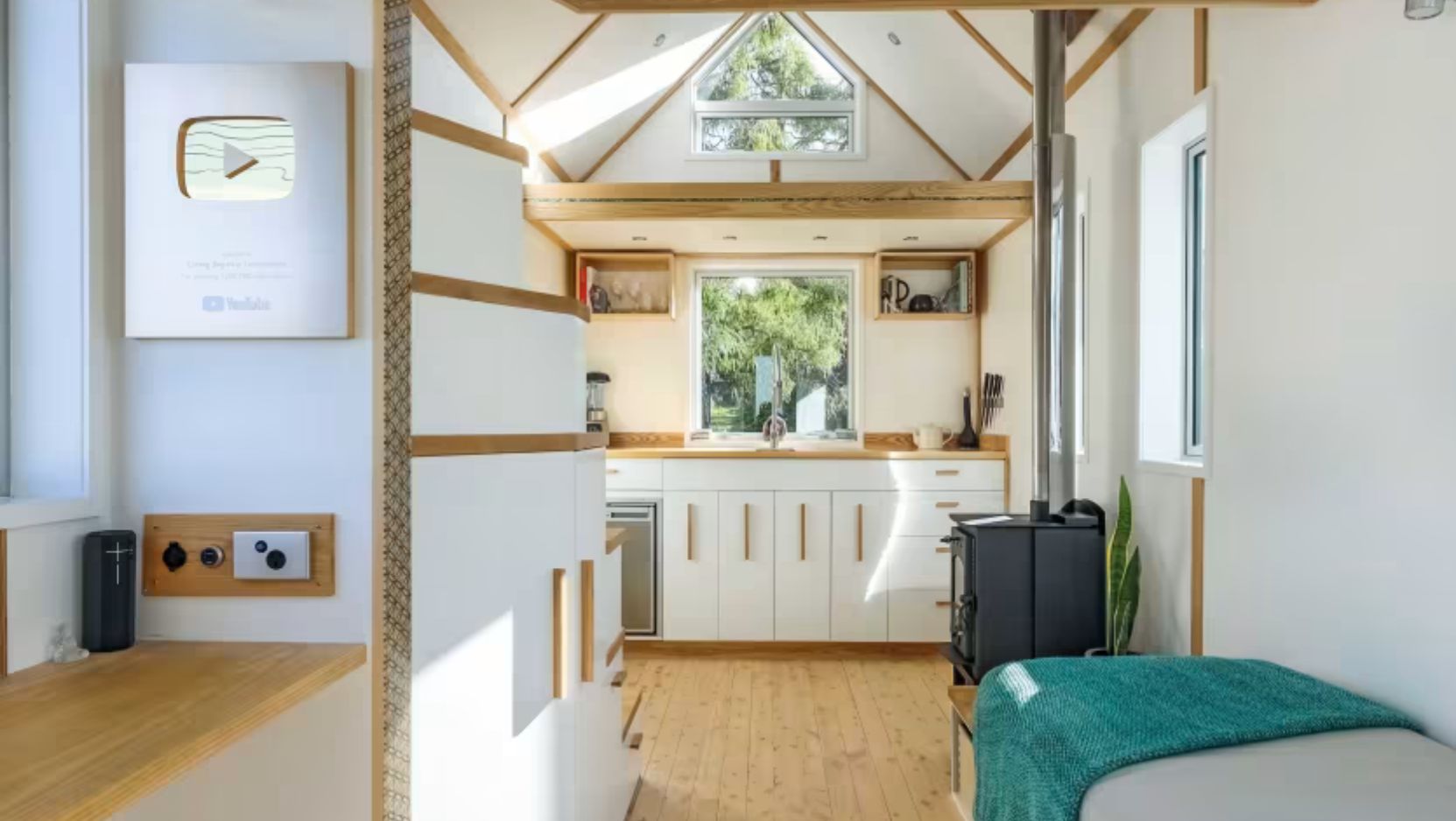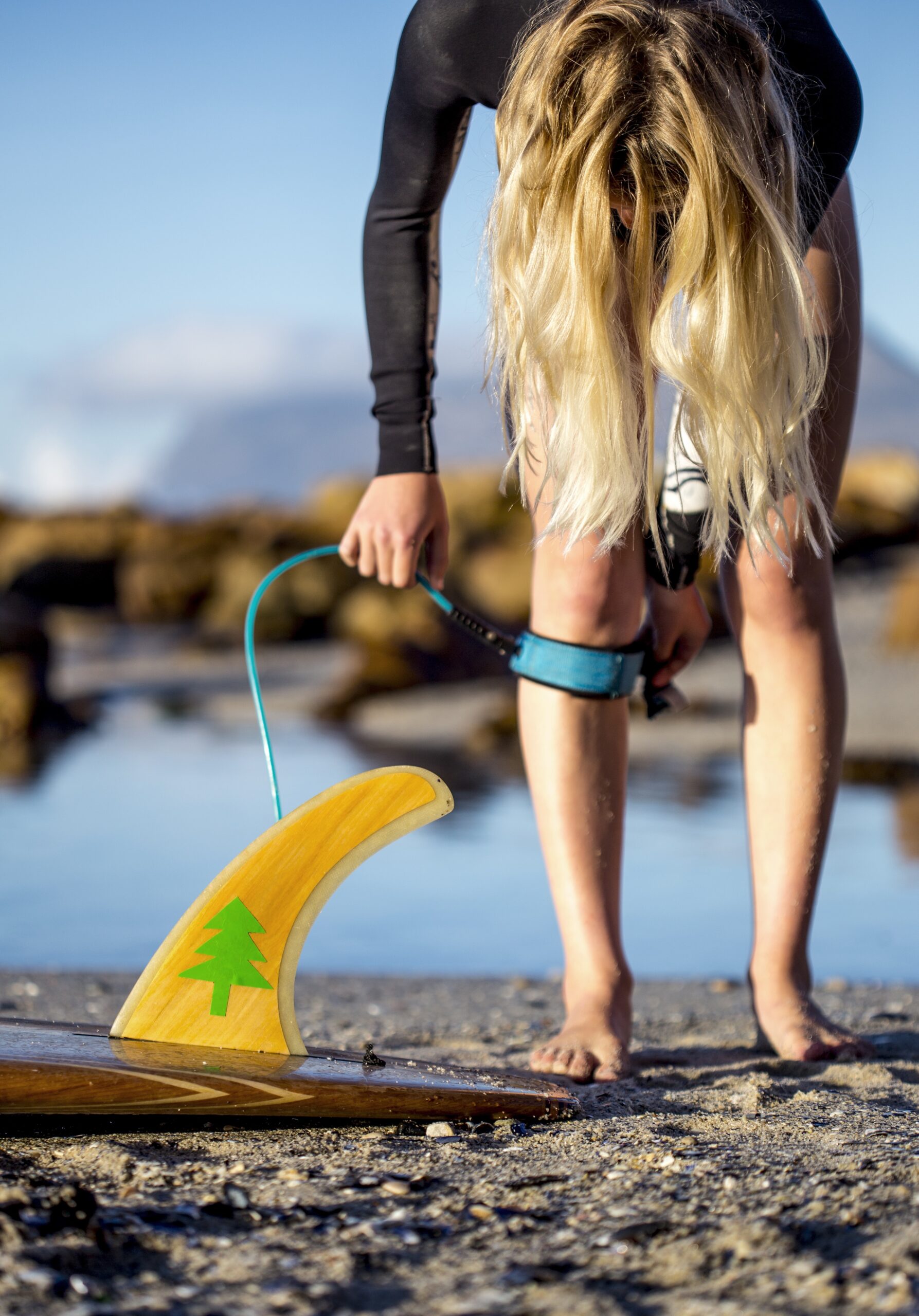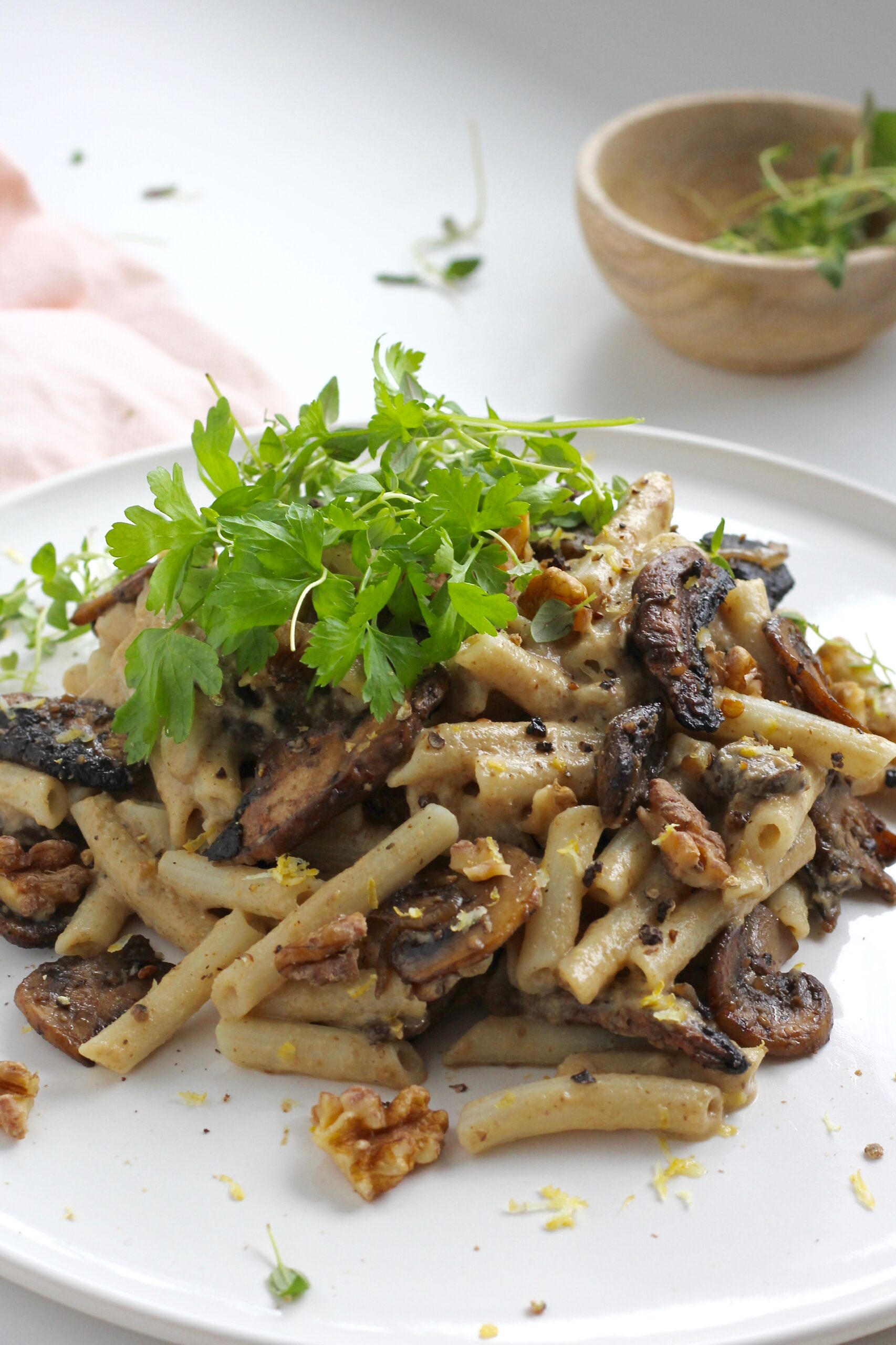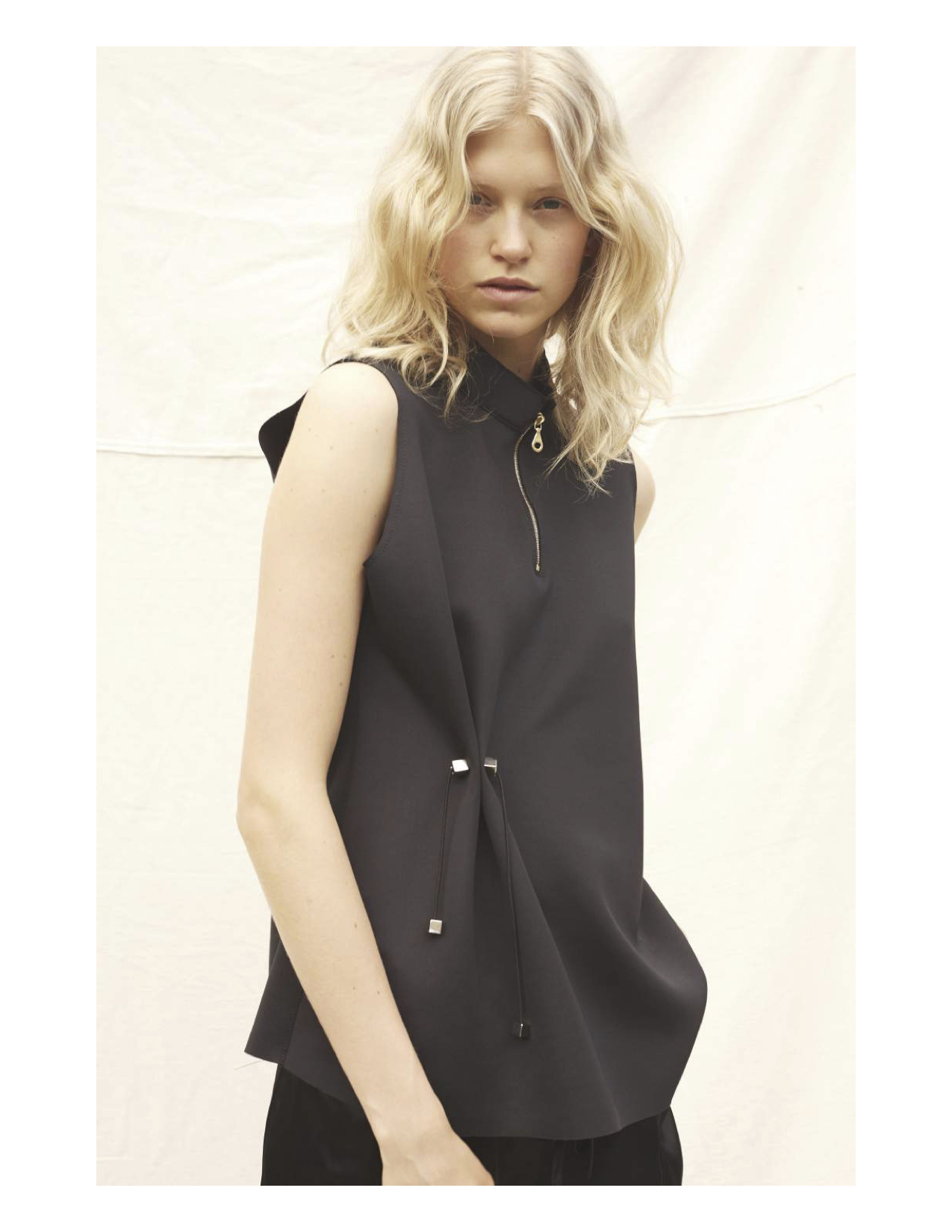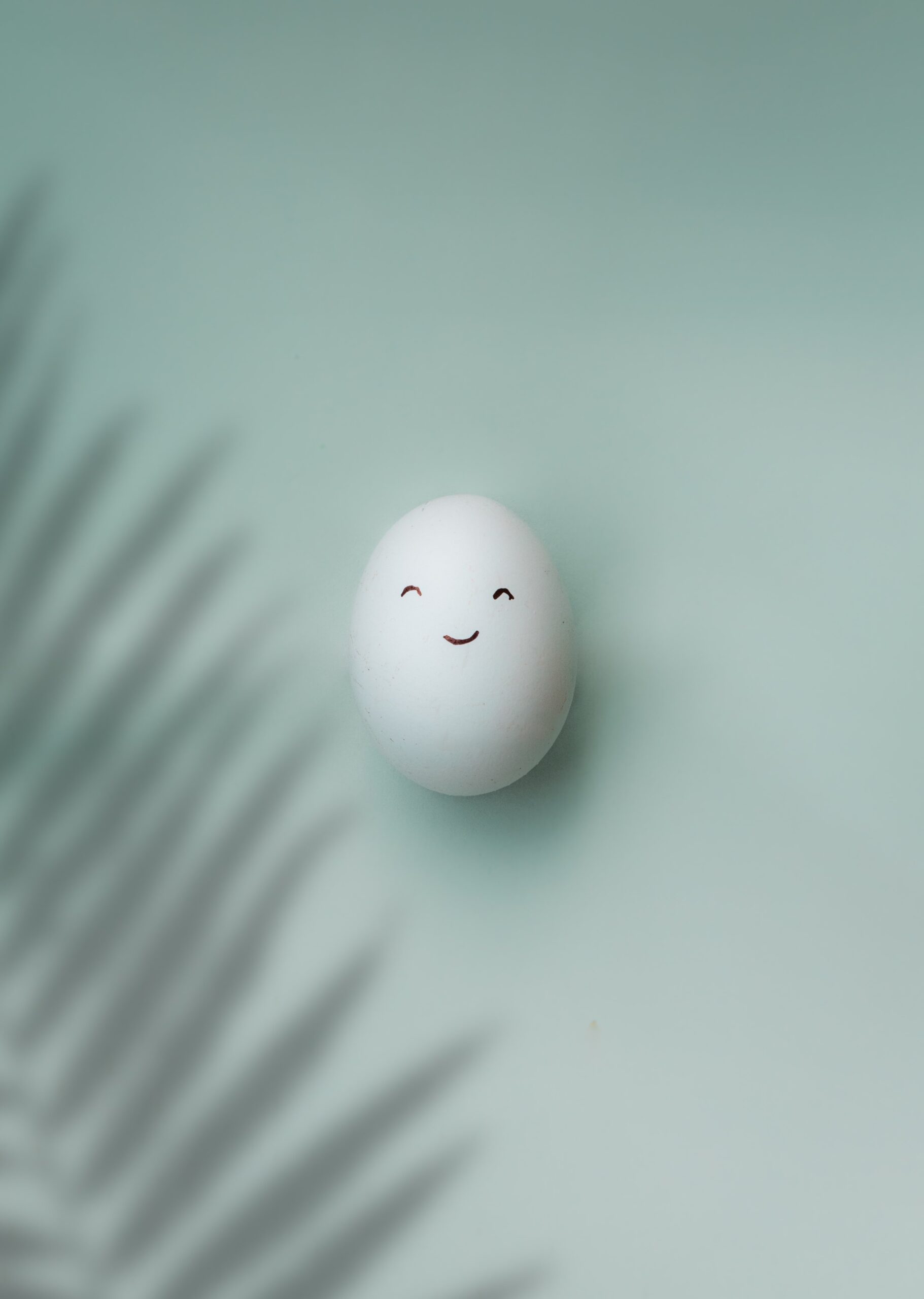Words Bryce Langston, photography by Bryce Langston and Rasa Pescud.
In 2019, I finished building my original tiny home in New Zealand.
After many years of dreaming, the project finally became reality. I called this home the Seed of Life because that’s exactly what it was for me. A new beginning. A launch-pad for a whole new life, one that contained everything I needed to be safe and secure. It was also a nod to my love of sacred geometry.

Since its completion, the Seed of Life has been a full-time home for Rasa and me. Roughly 15 square metres (160 square feet), it measures approximately 6 x 2.5 metres (20 x 8 feet).
Despite its compact footprint, I designed the Seed of Life to be almost like a life-raft, housing everything that we would need. It has a compact kitchen, living room, bathroom, sleeping loft and plenty of storage.
It’s also completely off the grid, with solar power and rain-water collection, although it also has the ability to connect to services. There’s a wood-burning stove for cooking and heating in the winter, and gas for cooking and water-heating during the warmer months.

The home is filled with artistic touches that my friends helped build into it. My favourite is the gorgeous pāua inlays, shaped like seeds, that add a tremendous amount of character.
My friends Jake and Kasia own a company called Variant Spaces, which is dedicated to creating custom, small-space furniture. They helped to design and build all of the furniture and cabinetry inside the home, maximising the use of space while allowing ample storage – something very important when living full-time in a tiny house.
We finished building the Seed of Life on a friend’s farm. Before leaving to travel in 2019, we moved the house to my parents’ home in Auckland, so they could look after it while we were away. We had planned to visit Australia first, before travelling the globe during the majority of 2020.
The world had other plans for us. As the pandemic grounded us in 2020, we were forced to return home to New Zealand. Lockdown provided a unique opportunity to really enjoy our home. There was also the added benefit of multi-generational living. Being on the same property as my parents provided the opportunity to build a deeper relationship with them.
Multi-generational living is common among those who choose to live in tiny houses, as the high cost of land drives many families into cooperative living arrangements. Personally, it’s something I’m a huge fan of. Western culture often idealises self-reliance and downplays the benefits of community and combining resources. Tiny homes allow multiple generations to live near each other, with all the benefits of this, while still retaining a degree of separate, independent space.

As travel remained difficult, Rasa and I relished our extended time in the Seed of Life. I’ve enjoyed planting trees and working in the garden. It’s been wonderful to be a bit more stationary for a while.
Building the Seed of Life cost roughly $100,000, spread over the several years it took to complete it. This includes labour costs and elements such as the solar system. That makes the home about one tenth the cost of the average home in Auckland, unquestionably making it a really affordable option. Striving to live without debt is one of my principles for remaining financially free. The Seed of Life has helped tremendously to make that possible.

The next phase will be moving it onto our own property to serve as the cornerstone of a homestead where we plan to grow food and live close to the land.
This is an edited extract from Bryce Langston’s book Living Big in a Tiny House, (Potton & Burton), $55, which has been revised and re-released with new homes from New Zealand and abroad.

